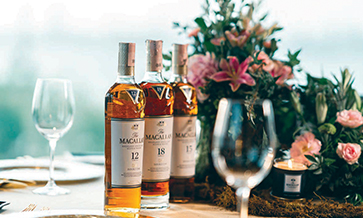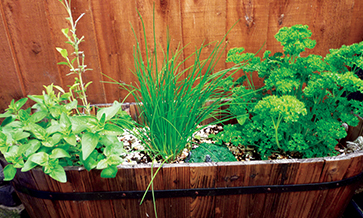Excerpts from a Panel Discussion on ‘Creating the Best Wheat Beer’, organised by the Craft Brewers’ Association of India, during Craft Drinks India (3 July, 2019) in Bengaluru.
Why is wheat beer so popular in India? Where else is it in such demand?
- Vidya: We are predisposed to wheat and there is an inherent liking to wheat.
- Jan: Not only India, it is popular in China and South-East Asia as well.
- Amit: In India most people drink lager as it is a tropical country, and lager goes well with the climate.
The German-style beer, Hefewei-zen, has flavours of clove and banana, which are extracted by a traditional style called ‘step mash’. Why is it not possible in India?
- Oliver: A Hefeweizen is the most challenging to brew because the flavours are all derived from the yeast. To get the perfect beer everything has to match: grain consistency, grain ratios, temperature, fermentation vessel, the yeast, aeration – and good luck!
- Jan: The yeast and aeration are the major factors. It used to be done in open fermentation earlier. Temperatures of between 6 and 18 degrees Celsius are ideal for this.
Is open fermentation process a difficult one to follow in India?
- Oliver: No, we have reused the yeast 20 to 30 times without any practical difficulty.
There is a Belgian style of wheat beer where spices are added. What are the challenges with regard to brewing of orange and coriander flavours?
- Vidya: Since we at Geist love to be traditional, we go with orange and coriander. The colour has to be as pale as possible by using local unmalted wheat and the traditional coriander and orange peels.
- Amit: Though the recipe looks simple, controlling the flavour is difficult. Outside India there are breweries exclusively for brewing wheat with the open fermentation method.
- Ashtavinayak: For production of Hefeweizen there is a compulsion to have the yeast as positive; only then it gives out the clove aroma. For Belgian wheat beer a positive or a negative strain of yeast can be used.
Studies show that wheat beer has to be bottled. The tropical climate does not allow this in India; so how can this be overcome?
- Jan: In Germany and Belgium this is easier because open and closed fermentation can be done simultaneously. This is not recommended in India because the filling line needs to be perfectly clean and no contamination will be acceptable. It is always better to do normal tank fermentation and send the product to the bottling line.
Has there been an analysis done on sourcing of wheat? Is there any economic comparison on wheat versus barley and the margins associated with it?
- Aditya: The easy availability of wheat puts India in an advantageous position. The market will go more in a demand pull rather than supply of malt or barley.
- Ashtavinayak: Research on wheat in India has been focused on food, not for malt. Going forward, this should be the area of focus.














